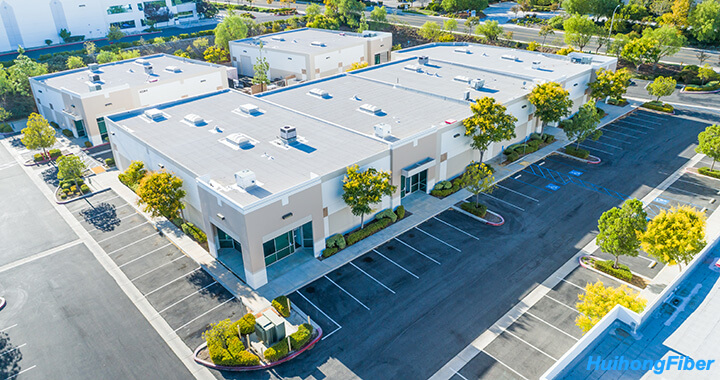Ethernet has spread from traditional office environments to a wide range of areas, including harsh industrial environments such as factory and building automation.
Today, copper cables are the most commonly used option for Ethernet, but fiber optic cables are increasingly successful in industrial applications due to their long-distance capability and the many advantages of electrical isolation interfaces. Loss or damage to packets can cause any network to fail, but this is even more problematic for industrial buses. These buses have some synchronization levels to maintain strict control and accuracy. Most industrial buses use a specific time to synchronize packets through continuous and uninterrupted communication.
When a packet does not arrive, it not only affects the synchronization of nodes that move down to the link, but also causes additional packet transmission, resulting in packet loss or corruption. The importance of mitigating packet loss and packet errors needs to be considered in several ways in an industrial environment. Technology used to deal with problems arising from radiation and conduction emissions and electrical isolation requirements. Reducing the distance between network parts minimizes the probability of packet loss and packet errors.
Fiber optic cables are inherent in providing new ways to address these challenges and address potential issues associated with link loss or Ethernet physical layer (PHY) damage. An industrial environment can include various sources of electromagnetic radiation. Motor and mechanical equipment can generate parasitic signals coupled to copper cables and cause packet errors. These signals interfere with the steady flow of information on which industrial buses depend.
In a worst-case scenario, the cable may even become a path that allows the high energy level to reach PHY, causing the link to become lossy or even damaged. And fiber optic cable can solve some of these problems. It has no electromagnetic properties that cause radiation in the copper cable. The fiber optic cable transmits light through plastic or glass.
Because of the presence of copper cables, no magnetic field is produced, and fiber optic cables are not susceptible to power surges and energy transient pulses in industrial environments. In a fiber optic network, there is no electrical connection between nodes. Therefore, network nodes cannot form different common-mode voltage levels or common-mode transients on the cable, which can affect packets.
If high voltages can cause safety problems, fiber may also be required. When using copper cables, Ethernet network nodes are usually transformer-to-cables. Although this does have an isolation effect, there is still an electrical connection between the network nodes.
The fiber optic cable adds an additional isolation layer by eliminating any direct electrical path. The Institute of Electrical and Electronics Engineers (IEEE) 802.3 specification defines standard Ethernet as working on a 100-meter copper cable. While this distance is sufficient for most applications, there is a basic limit to the distance that a physical copper medium can support without error-free packets.
Attenuation conditions for Class 5 (CAT 5) cables limit some applications. Fiber communication supports a much farer distance. Among them, the nodes of the copper network are tens of meters apart, while the nodes of the fiber optic network can be hundreds or thousands of meters apart.
In industrial applications, therefore, networks can be bridged between buildings or substations connected to high-power power grids. Fiber optic communication will become an important part of industrial network in the near future. It gives industrial Ethernet some attractive features, allowing users to operate in harsh environments and long-distance conditions, and has excellent electrical insulation.



